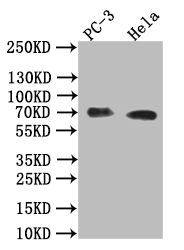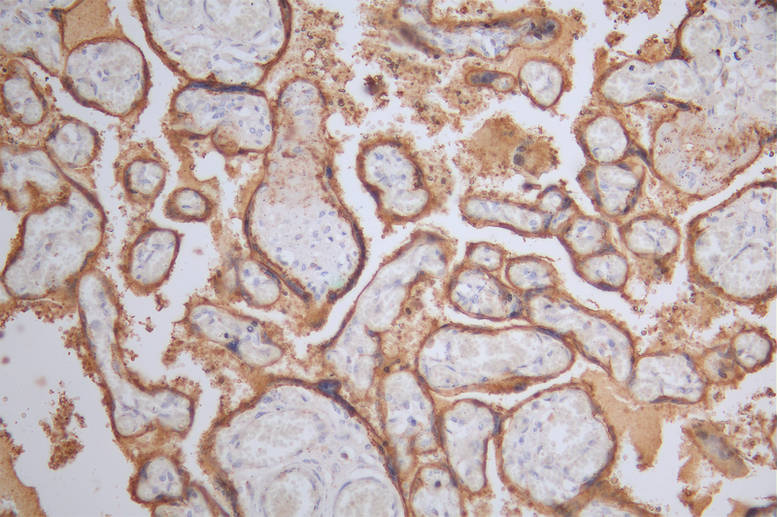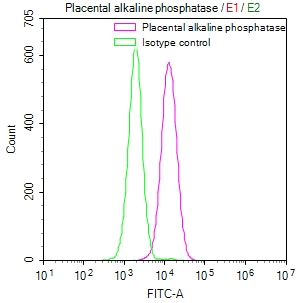The production of the ALPP recombinant monoclonal antibody is a meticulously coordinated process. It initiates with in vitro cloning, where genes for both the heavy and light chains of the ALPP antibody are seamlessly integrated into expression vectors. Subsequently, these vectors are introduced into host cells, enabling the recombinant antibody's expression within a cell culture context. Following expression, the ALPP recombinant monoclonal antibody is carefully purified from the supernatant of transfected host cell lines, making use of the precision of affinity chromatography. A salient feature of this antibody is its specific binding to the human ALPP protein. Moreover, its versatility is evident, as it is well-suited for a wide array of applications, including ELISA and FC.
The main role of the ALPP protein is to catalyze the hydrolysis of phosphate esters in an alkaline environment. ALPP is commonly found in various tissues, including the placenta, liver, bone, and kidney. In the placenta, ALPP plays a crucial role in nutrient transport and metabolism during pregnancy. In bone tissue, it is involved in mineralization processes. In clinical settings, the measurement of ALPP levels is used as a diagnostic marker for various medical conditions, including liver disease and certain bone disorders.








